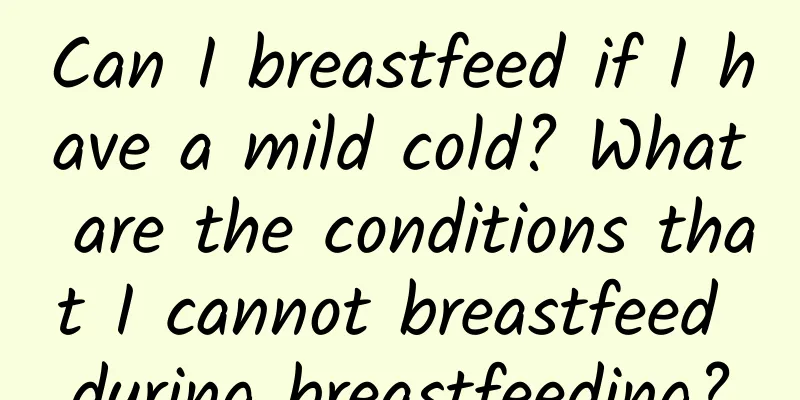What! Back pain and knee pain are caused by the buttocks?

|
Long-term back pain Knee pain after walking a few steps? You may have been blaming your waist or your knees. But the truth is—— The butt is to blame So, here comes the question Why are the butt muscles so important? How to strengthen your buttocks muscles through exercise? Weak hips = weak back and knees If you sit for a long time every day, your hip muscles will gradually relax and lose their support, which will easily transfer the pressure of the whole body to the waist and knees. Therefore, many people walk unsteadily and run with pain. The problem may be the "laziness" of the hip muscles. If the hips are weak, the waist and knees will naturally be injured. No wonder you always feel something is wrong with your body. Weak core = constant pain The core muscles do not only refer to the abdominal muscles, but also include the "linkage" of the abdomen, back, buttocks, hips and other parts. When the core is weak, the stability is poor, and the burden on the waist and knees is heavy. When running or walking, you can "compensate" and get injured if you are not careful . In other words, your core is far more important than you think, and without it, nothing else can hold you together! Hips + weak core = lower cross syndrome Weak hips and core can lead to "lower crossed syndrome", which is characterized by weak hip and abdominal muscles (represented by the dotted lines) and excessive tension in the lower back muscles (represented by the solid lines). This imbalance can cause the pelvis to tilt forward and the waist to lordosis, which puts extra pressure on the lumbar spine and knee joints, leading to symptoms such as low back pain and knee pain. The focus of its treatment is to "loosen" the tense muscles and "strengthen" the weak muscles. How to treat it? Exercise to the rescue! Don’t just massage your back! Addressing the underlying issues and strengthening your hips and core is the key. 1 Dead Bug Pose: Activate the core and stabilize the whole body Practice method: Starting position: Lie on your back with your knees bent, feet flat, and your hands pointing toward the ceiling. Action steps: 1. Slowly and simultaneously stretch your right arm backward and lift your left leg forward until it is parallel to the ground. 2. Return to the starting position and exhale. 3. Alternate between left arm and right leg. Practice 2-3 sets a day, 10-15 times each set. Note: Keep your core tight and don't arch your lower back. Move slowly and controlled, and avoid swinging your limbs. Breathe evenly, inhale when stretching and exhale when returning to the original position. 2 Hip bridge: strengthen gluteus maximus and improve lower limb strength Practice method: Lie on your back with your knees bent and your feet about a foot away from your hips and hip-width apart. Action steps: 1. Tighten your abdomen and buttocks, and slowly lift your hips so that your body is in a straight line from shoulders to knees. 2. Hold the top position for 2-3 seconds. 3. Slowly lower yourself back to the starting position. Practice 2-3 sets a day, 10-15 times each set. Note: When doing this, keep your core stable and don't let your back arch. 3 Stretch the posterior muscles: relax the tense muscles The muscles in the back of the waist and legs often become tight due to long periods of sitting. Proper stretching can relieve the tension in these muscles and reduce the pressure on the low back and knees. Practice method: Kneeling position: Spread your legs naturally, shoulder-width apart. Action essentials: Put your hands forward and relax your neck naturally. Hold for 10-20 seconds and feel the back muscles stretch. Return to the starting position and do it alternately. Practice 2-3 sets a day, 5-10 times each set. Note: Do not use excessive force to avoid injuring the joints. 4 Stretching the iliopsoas muscle: Relieve pelvic anterior tilt The iliopsoas muscle is a key muscle connecting the lower limbs and the spine. Long-term sitting can easily lead to tension in the iliopsoas muscle, which in turn causes the pelvis to tilt forward and cause low back pain. Proper stretching can help restore the flexibility of the iliopsoas muscle and reduce the burden on the waist. Practice method: Starting position: Using the right side as an example, lunge forward with your right leg, touch the ground with your left knee, and keep your lower back straight. Action tips: Press your buttocks lightly with both hands to feel the stretch of the iliopsoas muscle. Practice 2-3 sets a day, 5-10 times each set. Note: Keep your lower back straight and avoid bending over. The number of times and sets of the above items can be increased or decreased according to your actual situation. If the symptoms are severe, you need to see a doctor as soon as possible and receive appropriate treatment under the guidance of a doctor. Director Xie Qing of the Department of Rehabilitation Medicine reminds us that many waist and knee pains are actually caused by weak hip and core muscles, which transfers the burden of the body to the waist and knees. By exercising the hips and core, we can not only relieve these pains, but also fundamentally enhance the stability of the body. Focus on hip strength Maintain a good exercise habit Stay away from pain Embrace health |
>>: The difference between “partial anesthesia” and general anesthesia
Recommend
What are the symptoms of renal tuberculosis in women?
Everyone knows about pulmonary tuberculosis, a lu...
Why are women's private parts so dark?
The female reproductive organ is a very magical t...
Can pregnant women eat snail rice noodles?
Some people are actually not used to eating snail...
There are small particles on the vulva
Under normal circumstances, there are no particle...
Can I get porcelain teeth while breastfeeding?
It is best not to get porcelain teeth during brea...
What should I pay attention to during ovarian cystectomy?
Ovarian cyst is a relatively common gynecological...
How long does it take to insert the IUD after a caesarean section?
In life, many female friends who give birth choos...
Can I get pregnant during orthodontic treatment?
Many female friends who pursue beauty choose to h...
What is the most important way to maintain a woman's health after she reaches 40?
When women reach the age of 40, they will inevita...
Can a woman with hyperthyroidism get pregnant?
Women with hyperthyroidism are very worried about...
What is the disease of sudden blood in urine in women
The reason why women suddenly urinate blood may b...
What are the benefits and effects of corn juice? What should be added to corn juice to make it taste better?
Have you ever thought about whether it would be m...
How often should pregnant women eat bird's nest
How often is it better for pregnant women to eat ...
What is the reason for delayed menstruation and less menstrual volume?
In fact, in modern society, most women have probl...
Will I have stomach pain as a sign of pregnancy?
Abdominal pain as a sign of pregnancy is caused b...









